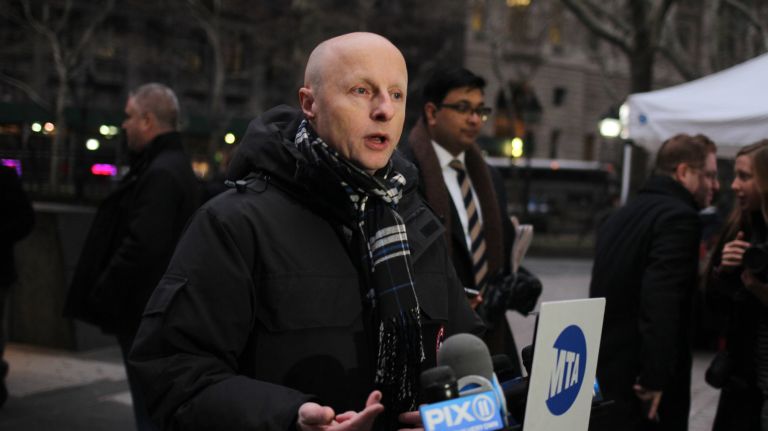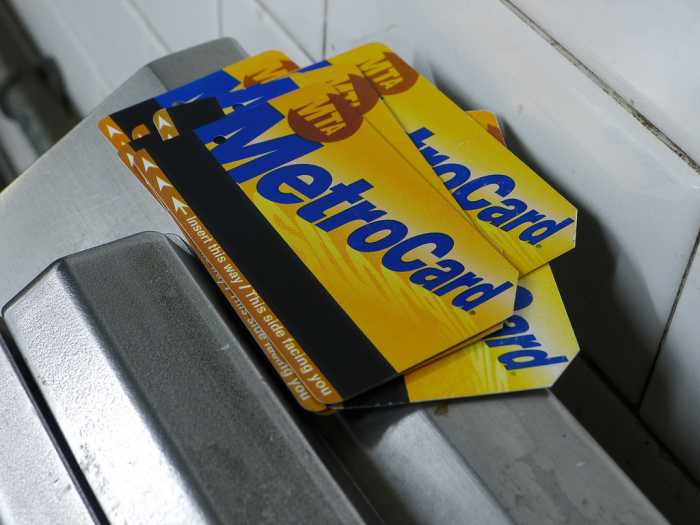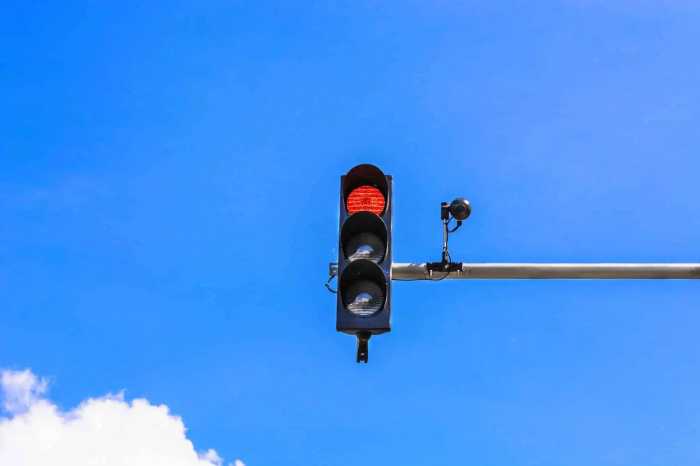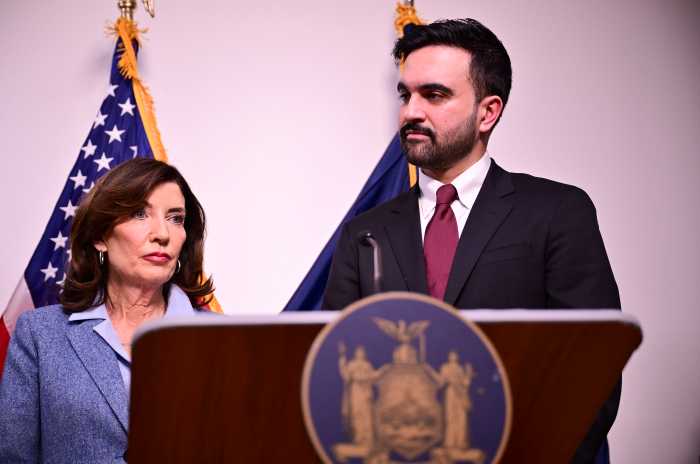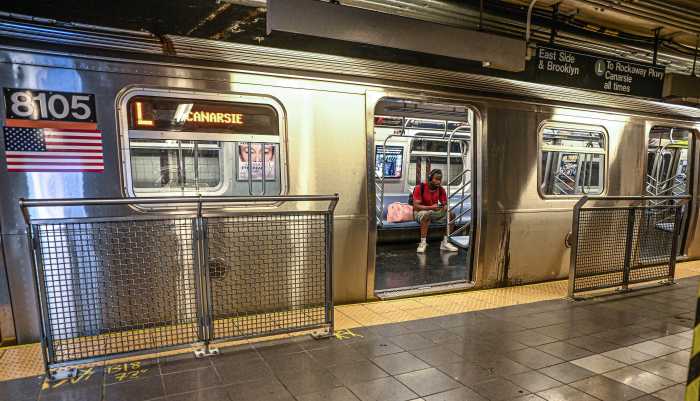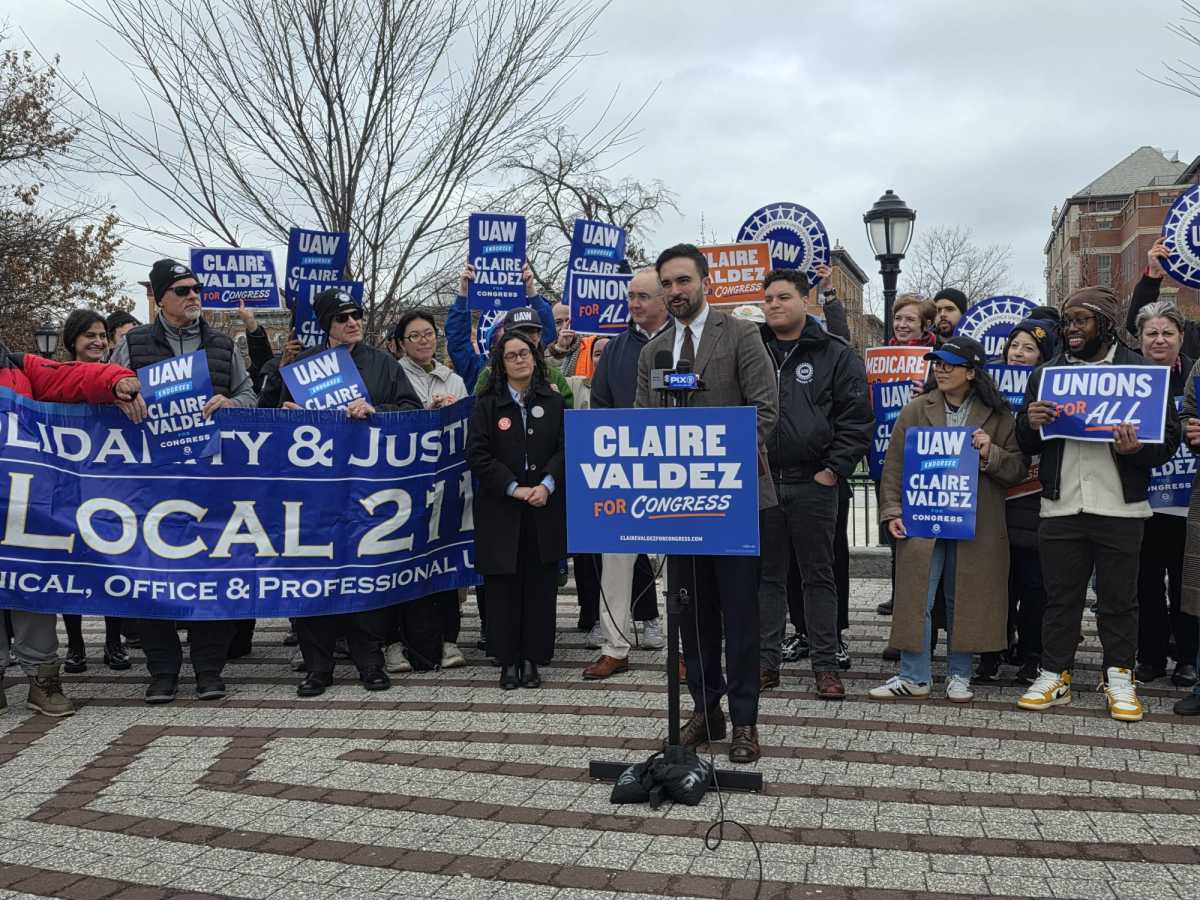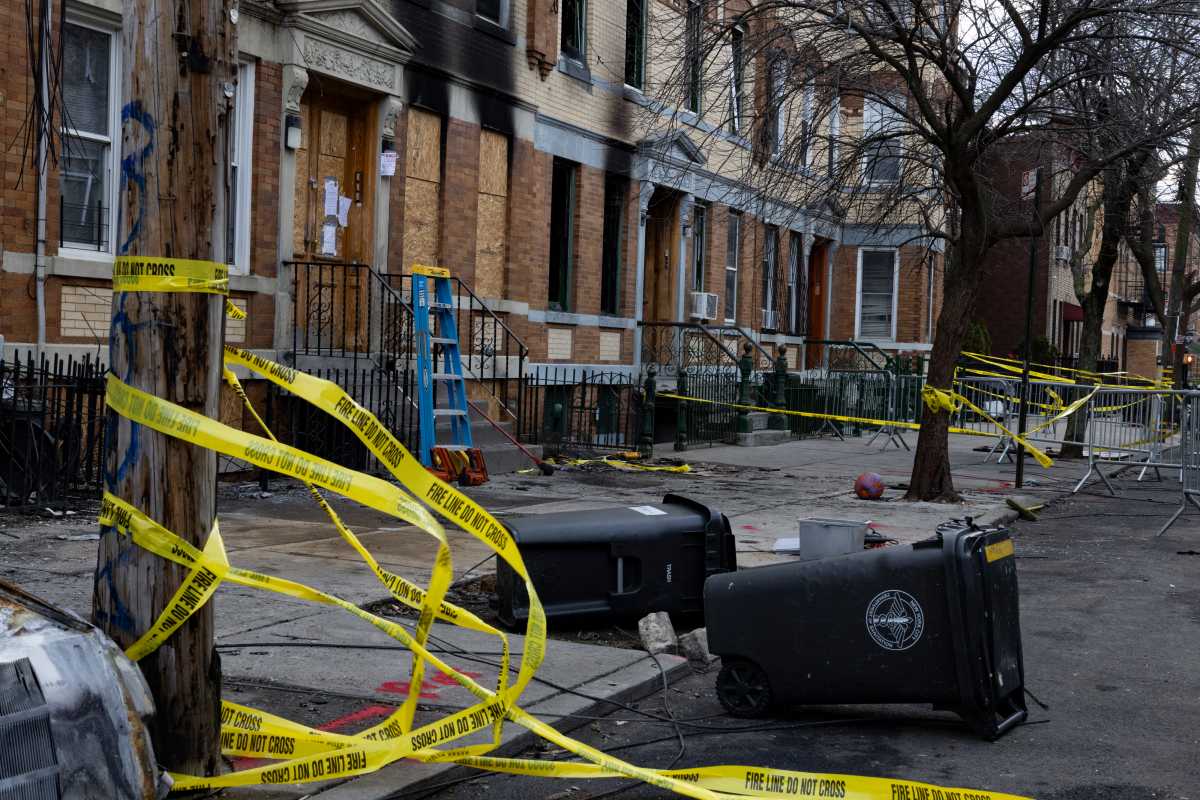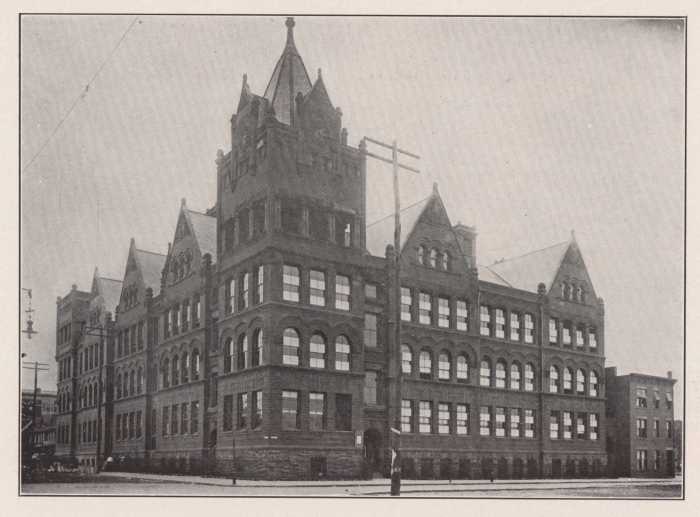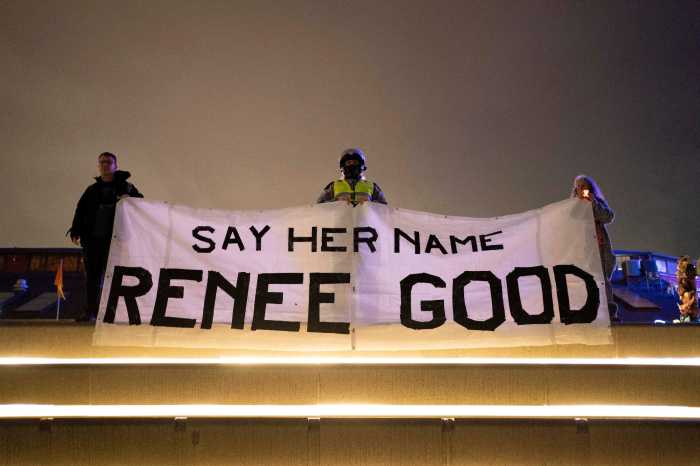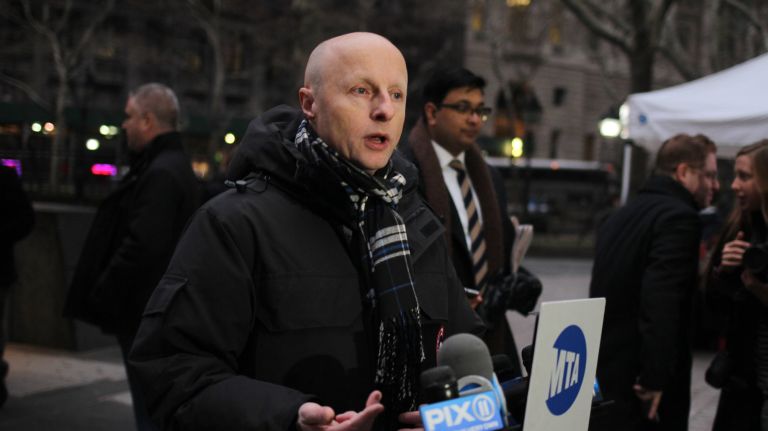
The MTA faces potentially significant obstacles before it can definitively avoid the dreaded L train shutdown.
Even with looming uncertainties, executives at the transit authority and Gov. Andrew Cuomo’s outside engineers defended the last-minute proposal to drop the L train shutdown on Monday, assuring that the tunnel will be fortified for the long term through the hastily prepared strategy to rehabilitate the tunnel on nights and weekends — and not through an originally planned 15-month service outage through Manhattan.
“What we don’t want to do is shut this tunnel on nights and weekends and then in a few months’ time after it’s completed go back in and do track work,” NYC Transit President Andy Byford said during a meeting at MTA headquarters. “We’re not going to do that. We will get done what needs to be done.”
The MTA hopes to begin repairs to the tunnel as it had all along, on Saturday, April 27. At that point, one of the tunnel’s two tracks would close, reducing service to four trains per hour during overnight and weekend hours.
But the obstacles ahead could potentially squash or significantly delay the new proposal. To start, the MTA must renegotiate its roughly $500 million contract with Judlau and TC Electric to rehabilitate the tunnel. The authority’s board must approve that revised contract as well as the general idea of abandoning the current 15-month shutdown.
The MTA is also still unsure if it would need to go through the federal government’s approval process should the new plan move forward.
“It’s too soon to have an opinion about that,” said Veronique “Ronnie” Hakim, the managing director at the MTA, which is discussing the new proposal with the Trump Administration’s Federal Transit Administration.
“They too are somewhat impacted by the federal government furlough,” said Hakim, referring to the federal government shutdown. “The folks that are in the region are incredibly cooperative and will be coming to the table to hear from us.”
In the meantime, Byford is currently attempting to swiftly carry out what he refers to as a “due diligence exercise” to tackle outstanding safety, operational and logistical questions related to the new proposal, including what alternative service would be necessary to keep commuters moving during the repairs under the alternative proposal.
“I’m trying to get that done by [this month’s board meetings], but if it isn’t done I’m not going to rush it,” Byford said. “It’s got to be done properly. I’d rather start it a little later than rush it and not do it properly. Because this is serious. We’ve got to get the safety operational and logistical details right to deliver this revised plan.”
The transit chief sat with members of MTA leadership on Monday for a round of one-on-one interviews with reporters after the governor’s surprise announcement last week when he definitively declared that the L train shutdown wouldn’t happen.
Under the new plan, Byford said about 90 percent of the originally planned repairs to the tunnel, which was badly damaged during superstorm Sandy in 2012, would still take place — including the replacement and repair of necessary track and tunnel components, like rails, pump rooms and circuit breaker houses.
Advocates have pushed for both the city and the MTA to carry out or preserve many of the transit improvements and alternative services planned during the shutdown, like beefed-up bike and pedestrian infrastructure and the creation of a bus-only “busway” on 14th Street.
“The L train corridor is going to be at least periodically unable to move as many people as it needs to, so the emphasis ought to be on the most space-efficient modes and that’s bikes and buses,” said Joe Cutrufo, a spokesman for the advocacy group Transportation Alternatives.
John Raskin, the executive director of the Riders Alliance, had called into question the legitimacy of the new plan, describing it as a “last-minute Hail Mary idea cooked up over Christmas” just four months before a full shutdown would take effect. The proposal hinges on the use of a Fiberglass polymer to fortify damaged concrete bench walls in the tunnel, a technique that has been used on buildings and bridges but is untested in subways.
The outside engineers from Cornell and Columbia universities who drew up the new rehabilitation strategy had spent just about one hour actually in the Canarsie tunnel to assess damage. But one of those engineers, Mary Boyce, dean of The Fu Foundation School of Engineering and Applied Science at Columbia, dismissed concerns of the time spent in the tunnel, saying that the team had largely built off the trove of documentation from the MTA and its hired consultants on the project, WSP.
“All of this information and the background work that WSP and MTA had done leading up to the original plan was fully shared with us,” Boyce said, “so we benefited tremendously from that knowledge and that background.”



